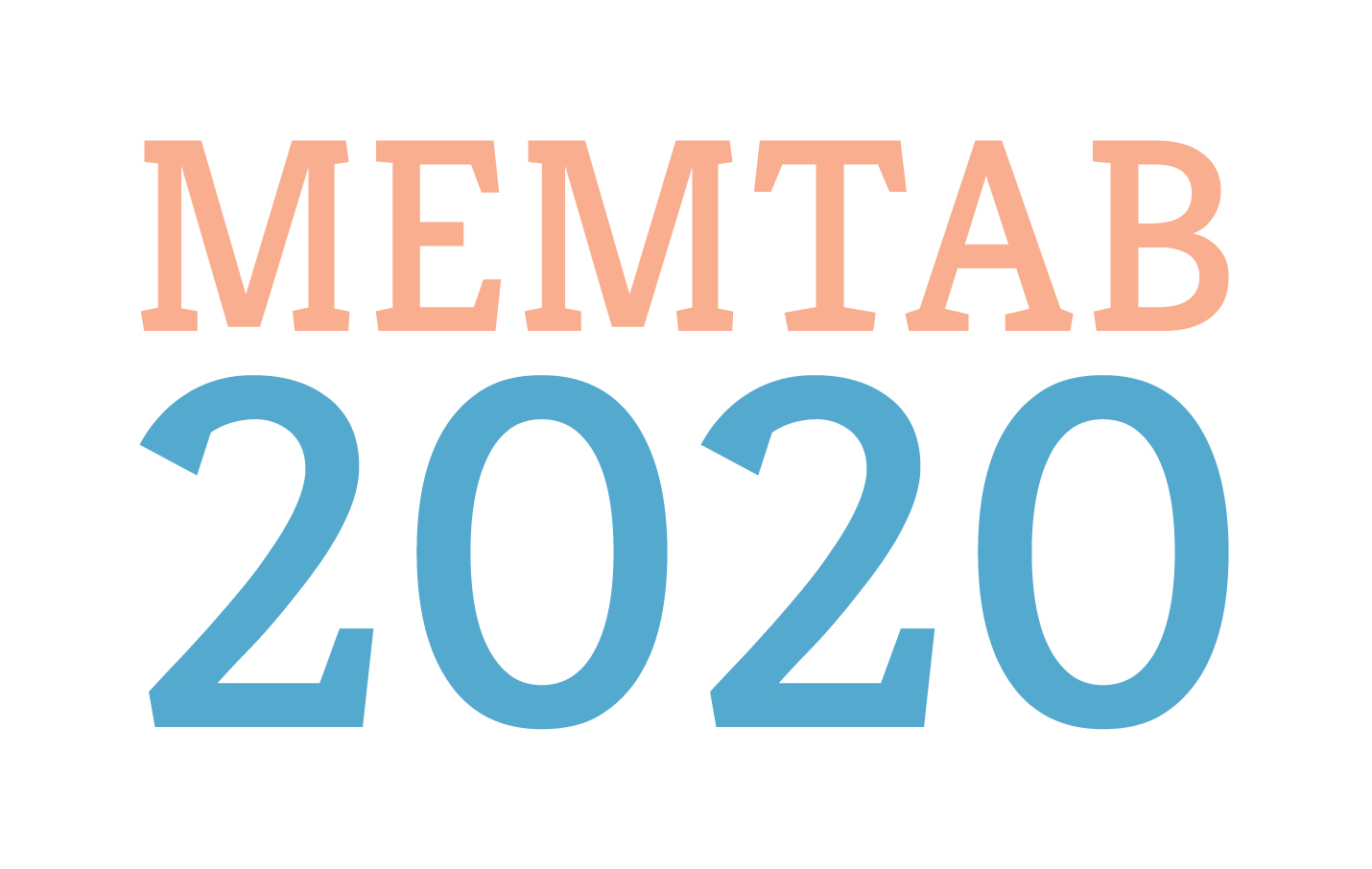

The TRIPOD (Transparent Reporting of a multivariable prediction model for Individual Prognosis Or Diagnosis) Statement is a widely acknowledged guideline for the reporting of studies developing, validating, or updating a prediction model. With increasing availability of large datasets (or "big data") from electronic health records and from individual participant data (IPD) meta-analysis, authors face novel opportunities and challenges for conducting and reporting their prediction model research. In particular, when prediction model development and validation studies include participants from multiple clusters such as multiple centers or studies, prediction models may generalize better across multiple centers, settings and populations. However, differences in participant case-mix (e.g. in participant eligibility criteria), in variable definitions and in data quality may also lead to substantial variation in model performance. Accordingly, prediction model studies that are based on large clustered datasets need to be sufficiently reported to determine whether a developed or validated prediction model is fit for purpose.
We describe the rationale and development process of an extension of TRIPOD focusing on studies aimed at developing, validating or updating a prediction model that use large clustered datasets with IPD from multiple studies or datasets with data combined from multiple centers, regions or countries. We pay specific attention to new items (N=10) and those TRIPOD items that required adjustment (N=20) due to the fact that participants are clustered within studies, practices, regions or countries. The rationale for each items is discussed, along with examples of good reporting and why transparent reporting is important, with a view to assessing risk of bias and clinical usefulness of the developed or validated prediction model.
